The history of the human species is shrouded in mystery. The answers to the “big questions” are: when did we arrive? (Where do we come from?) Even in modern times, they elude us. This is the very reason we have seen an uprising in unexplained historic television programs and historical documentaries such as “Ancient Aliens,” “History Channel,” “Ancient Apocalypse,” etc. that provide new evidence that sheds some light on these big questions about our species’ mysterious past. If you are interested in such work, filming in Sri Lanka might be right for you. Let us explain.
Sri Lanka is an ancient island that has deep ties to the inception of civilization. Approximately 60,000 years ago, humans left Africa and slowly started to spread along the coast of Asia. At this point, the water levels on the globe were lower, and Sri Lanka was connected to the continent via a land bridge, so no boats were necessary for humans to arrive there. In fact, the earliest skeletal remains of our species ever found in Asia (outside the Middle East) were actually discovered in Sri Lanka. That specimen is known as “Balangoda Man”, and he is thought to have lived around 38,000 years ago.

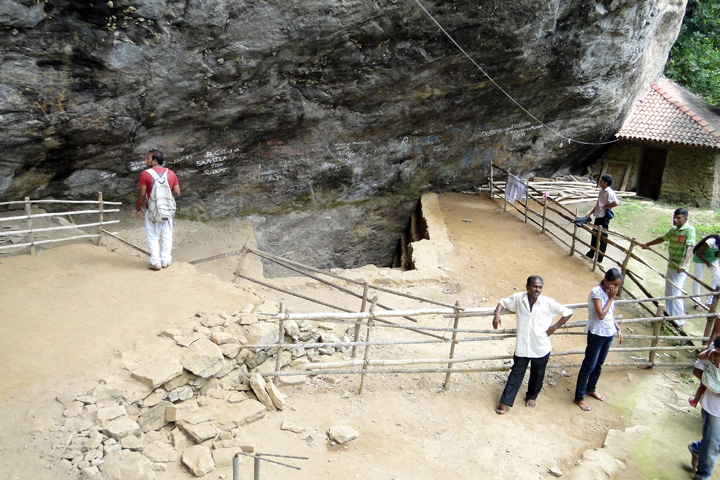
Fast forward many thousands of years to 437 BC, when the kingdom of Anuradhapura was established by a king named “Pandukabhaya” who settled in Anuradhapura, which became the capital of the dominant race, the Sinhalese, kingdom for well over a thousand years. This king is known to have established one of the most advanced irrigation systems in the ancient world, which was used and expanded for the next 1500 years and involved the construction of artificial lakes.
Let us dive into some of the unexplained historic phenomena of Sri Lanka that have left many people and professionals puzzled. These locations in Sri Lanka can be captured on film to pique the interest of viewers.

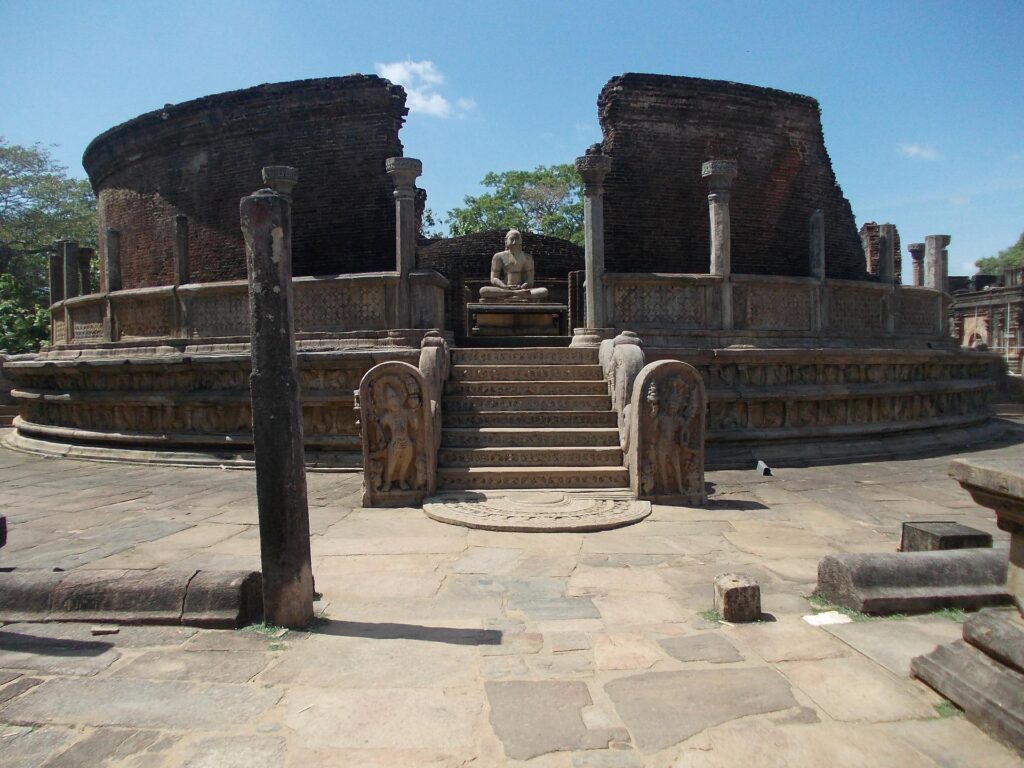

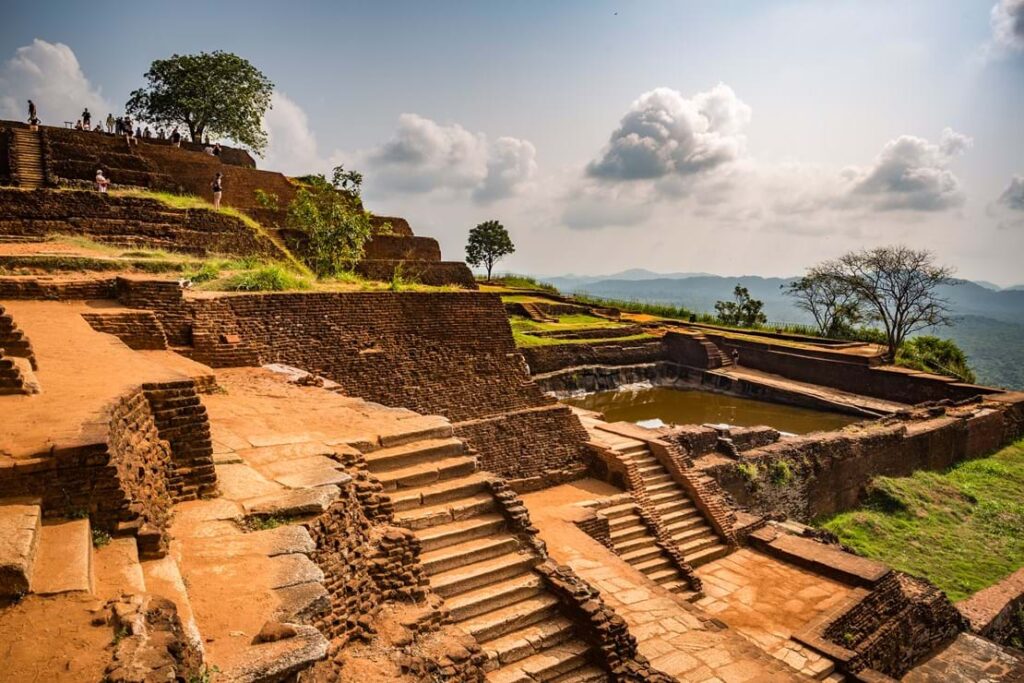
Sigiriya Rock Fortress (Lions Rock)
Sigiriya is best known for being the rock fortress built in Sri Lanka by King “Kashyapa” in 477 AD. (There is evidence of human habitation dating back 5 millennia in the Mesolithic period.) It is an ancient castle constructed on top of a megalithic rock, and the ruins can be clearly seen to this date. It towers 200 meters from the ground and is the highest point of the neighboring landscape, making it a majestic sight. It is designated a “World Heritage Site” and attracts millions of tourists each year. Sigiriya was first discovered in 1831 by a British army officer named Jonathan Forbes. He discovered gardens and palaces on top of the rock and various caves depicting murals and fresco paintings featuring intricate portraits of women who seem to be floating on a cloud in mid-air. Their exact purpose is unknown at this time.
The ancient technology used in Sigiriya is staggering and far advanced for the time. There was a water garden with structures that retained water, including an advanced hydraulic system that is functional in the present day. According to local folk tales, Sigiriya was built by the gods who descended from the heavens. Its sheer ambition and construction make it one of the great unexplained wonders and mysteries of Sri Lanka.
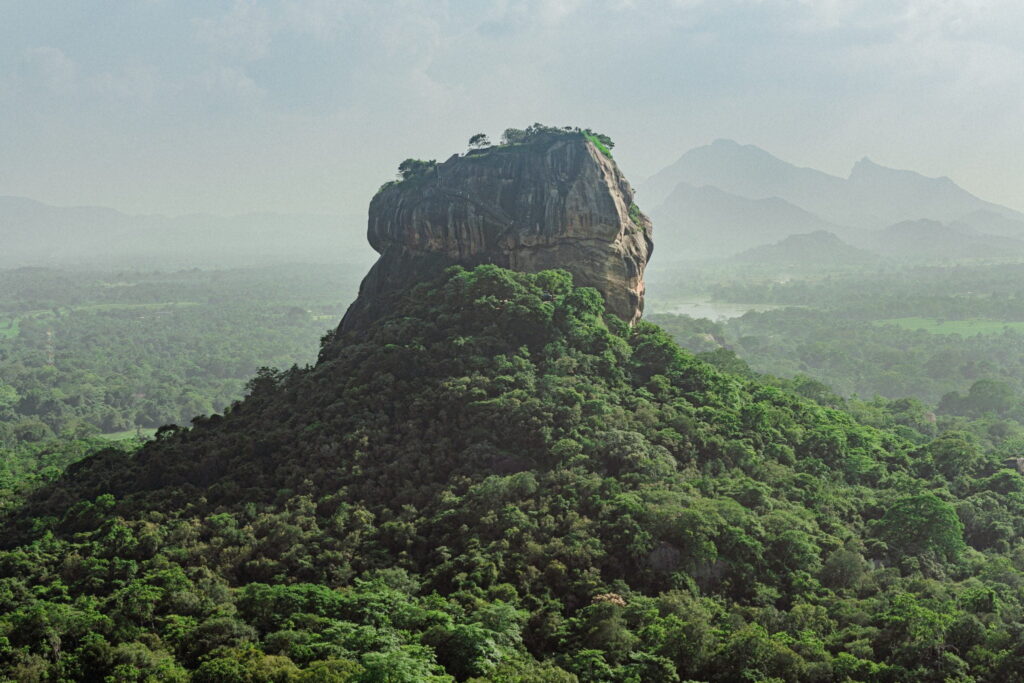
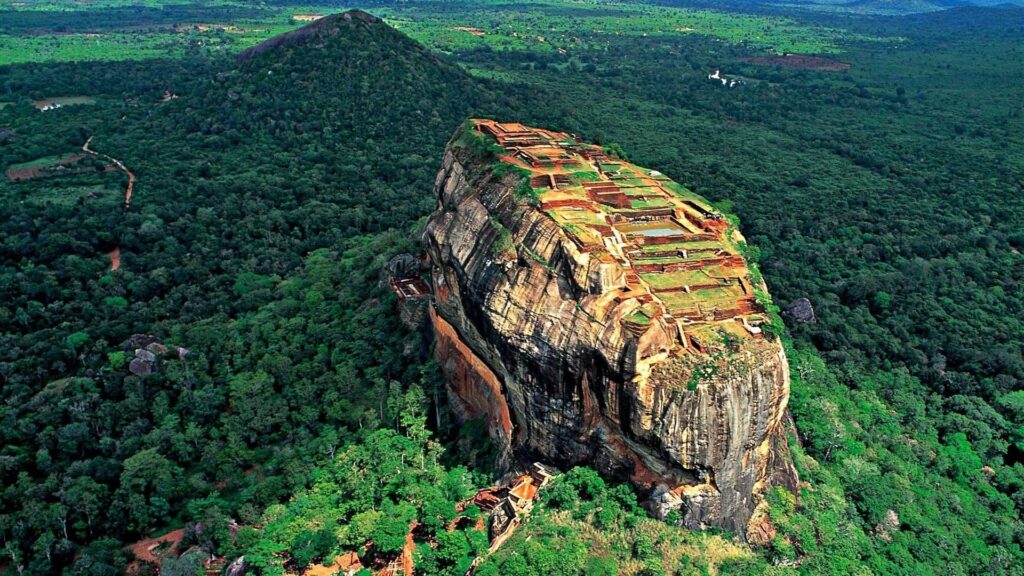
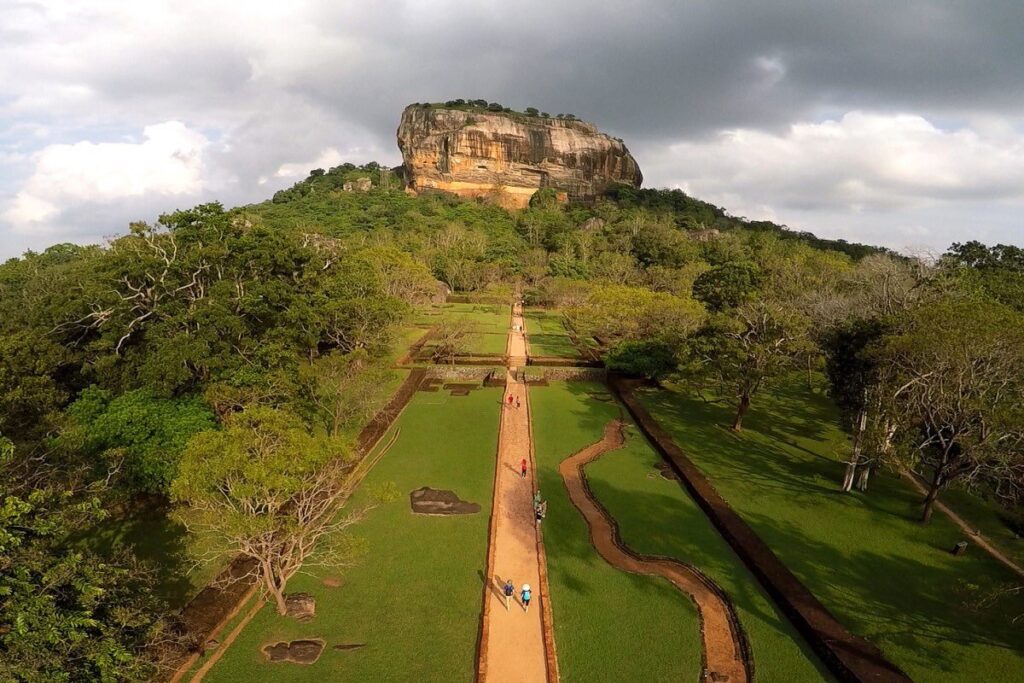
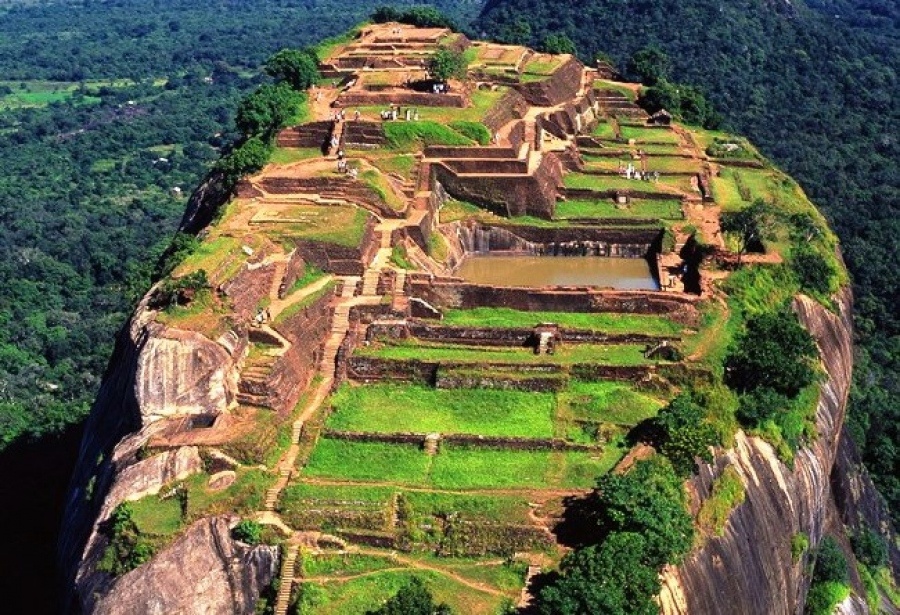

Ravana’s Bridge or Adams Bridge
The great Indian epic “The Ramayana,” written several millennia ago, depicts a mythical bridge located in Sri Lanka, connecting the south tip of India to the north tip of the island. Rama, the crown prince of India at the time, was exiled into the forest. During this time, his wife “Sita” was kidnapped by “Ravana”, a malevolent king who held her hostage on the neighboring island of Sri Lanka. The distraught Rama amassed an army of monkeys and ordered them to construct a bridge so the army could cross over to Sri Lanka.
Satellite imaging has clearly shown the sandbar connecting both countries. However, upon closer inspection, we notice massive rocks placed on this sandbar as a foundation for a possible ancient bridge that has yet to be discovered. How the stones got there is a mystery, and when geologists date the stones, it is shown that the rocks on top of the sand predate the sand itself. Carbon dating states the rocks are 7,000 years old, but they are sitting on top of sand that is only 4,000 years old. This concludes the rock structure isn’t natural and was built by humans.
This herculean feat is not possible to achieve in modern times, and the mentioning of it in the Ramayana only adds more credibility to this ancient bridge located in Sri Lanka that remains a mystery today.



Stargate of Anuradhapura
The ancient city of Anuradhapura possesses an ancient, chat like carving that, in recent memory, has taken the supernatural and investigative communities by storm. Some believe that the Anuradhapura Gateway is a stargate—a portal that could be used to traverse the larger universe. This “stargate” lies in a 40-acre urban park, which has 3 Buddhist temples within it. The chart’s purpose is left up to speculation as it eludes ancient texts, which the Buddhist monks at the time kept meticulously.
Conspiracy theorists have claimed that the chart of Anuradhapura and other places across the world, such as “Abu Ghurab” in Egypt and “La Puerta de Hayu Marka” in Peru, share properties that point to them being stargates. Local archaeologists, however, claim that there is little evidence of it being a stargate and that it is most likely a cosmic map of the early world. They based their belief on the historical and religious context of the time period in question. Evidence suggests that Sri Lankans have had a clear understanding of celestial objects since at least 250 BC. In early Brahmin inscriptions found in Sri Lanka, there are a number of names referring to specific stars and concepts referring to astronomy.
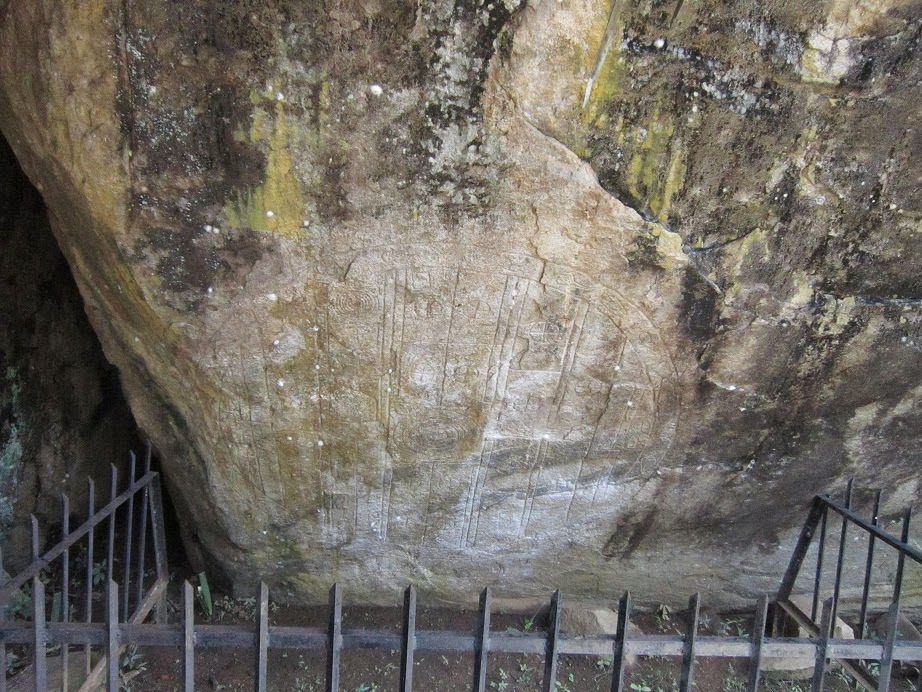

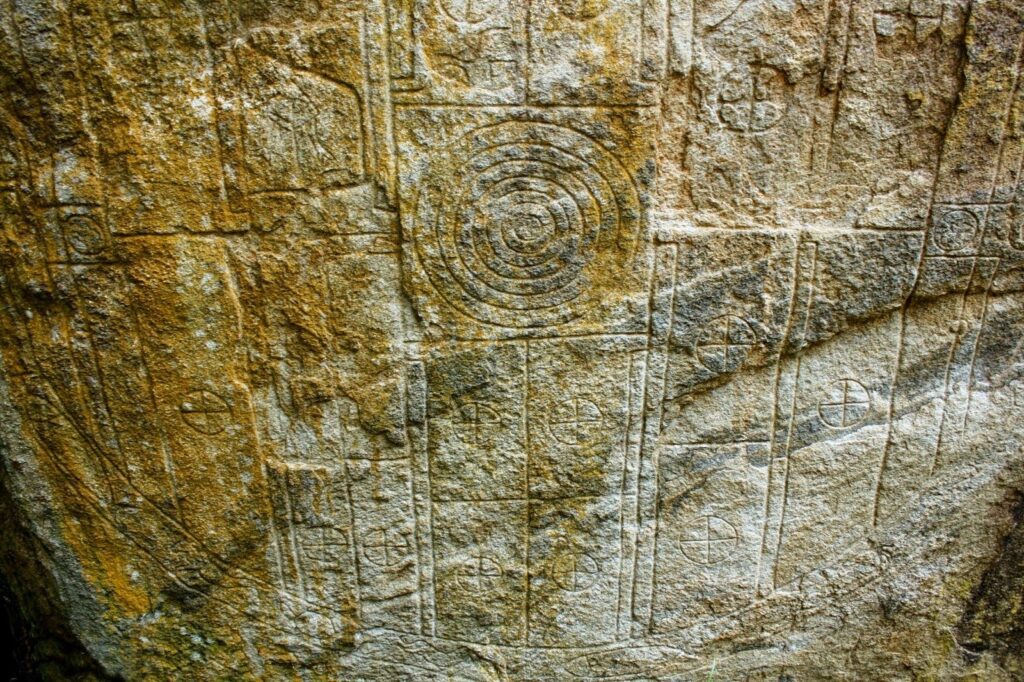
For further information on the history of Sri Lanka and filming in Sri Lanka, please refer to our blogs that will shed light on the culture and our colonial past that have shaped Sri Lanka to be a unique and interesting location for any movie maker.
Check out the centuries old Galle Fort
Check out Taprobane Island – a true wonder of nature and luxury